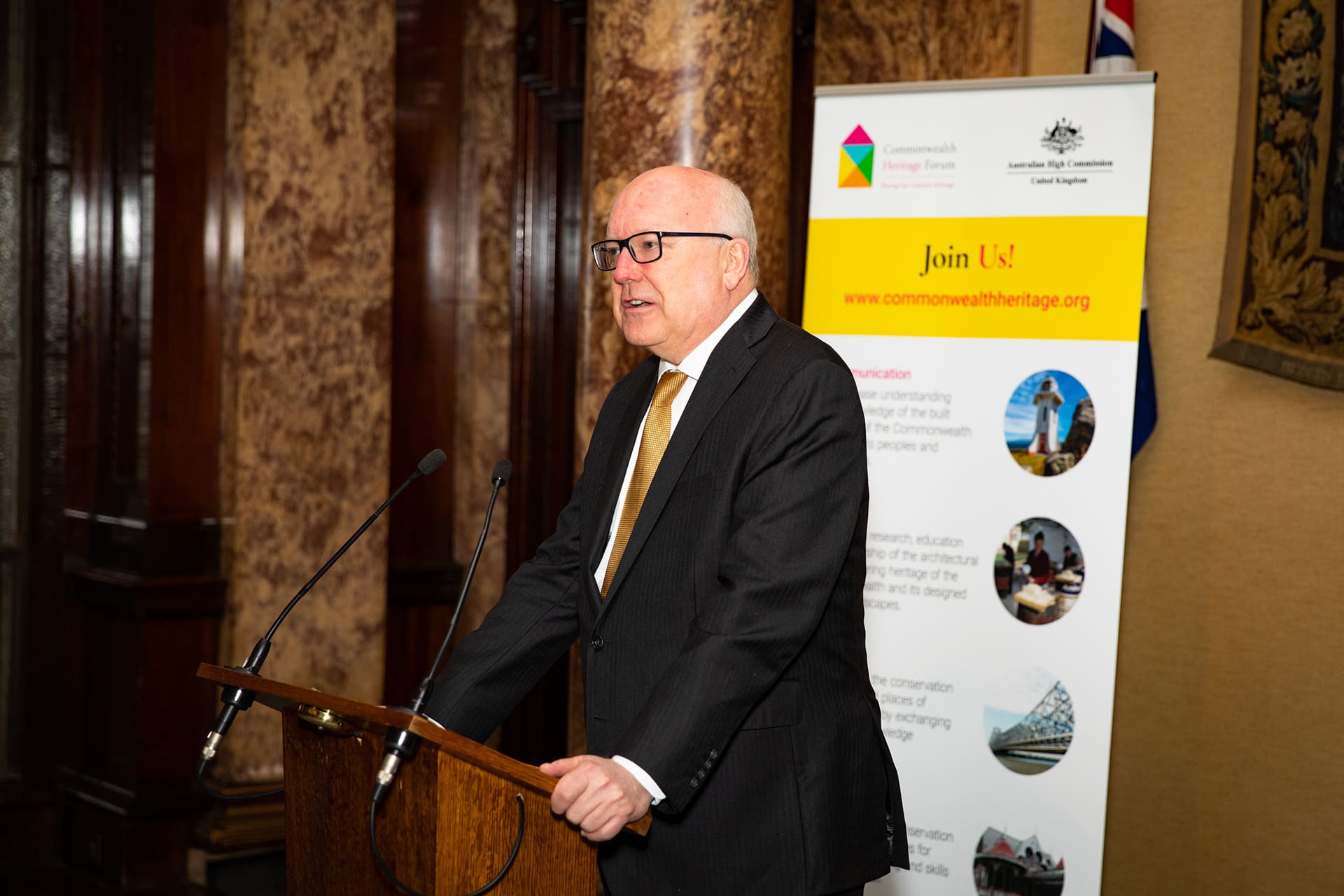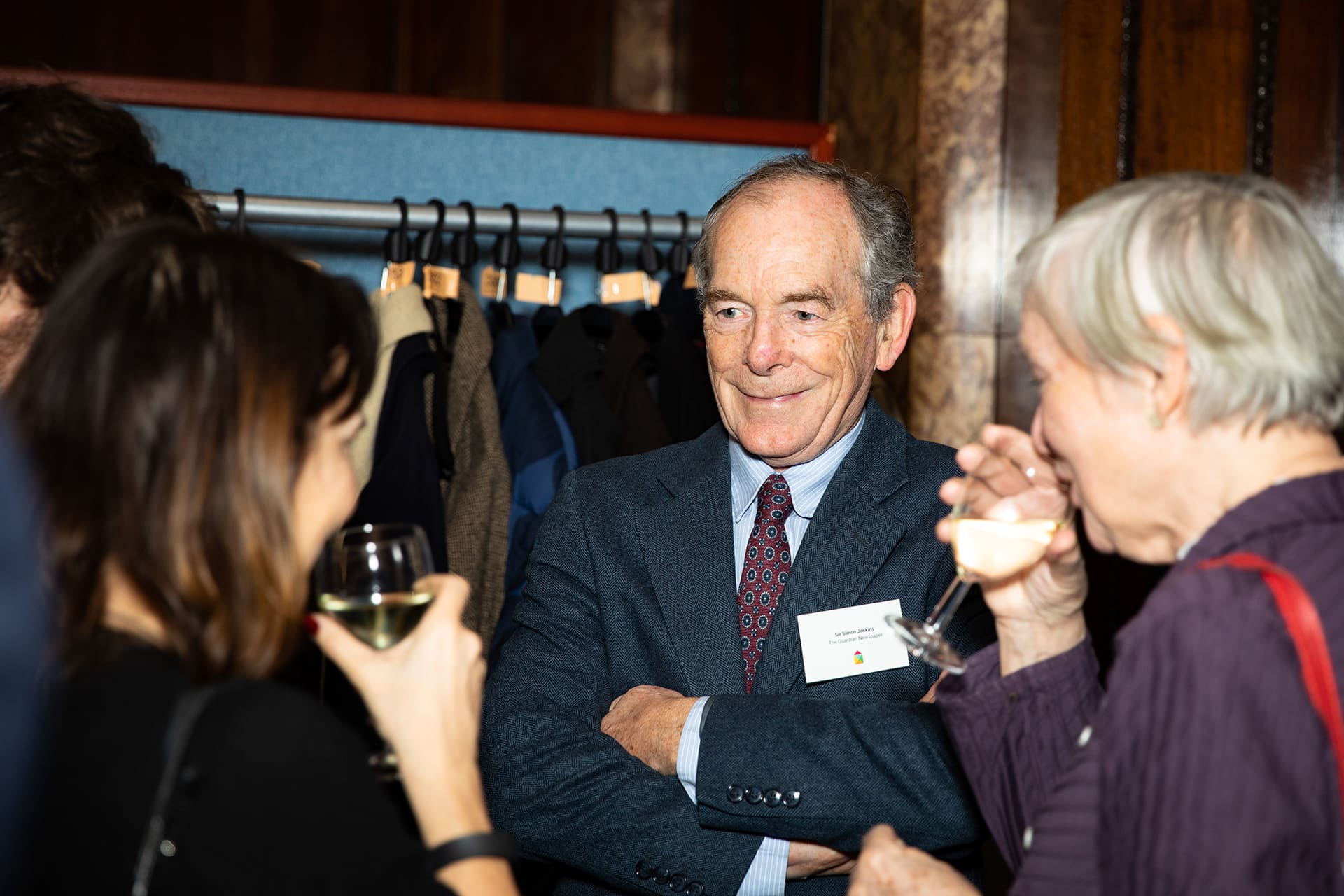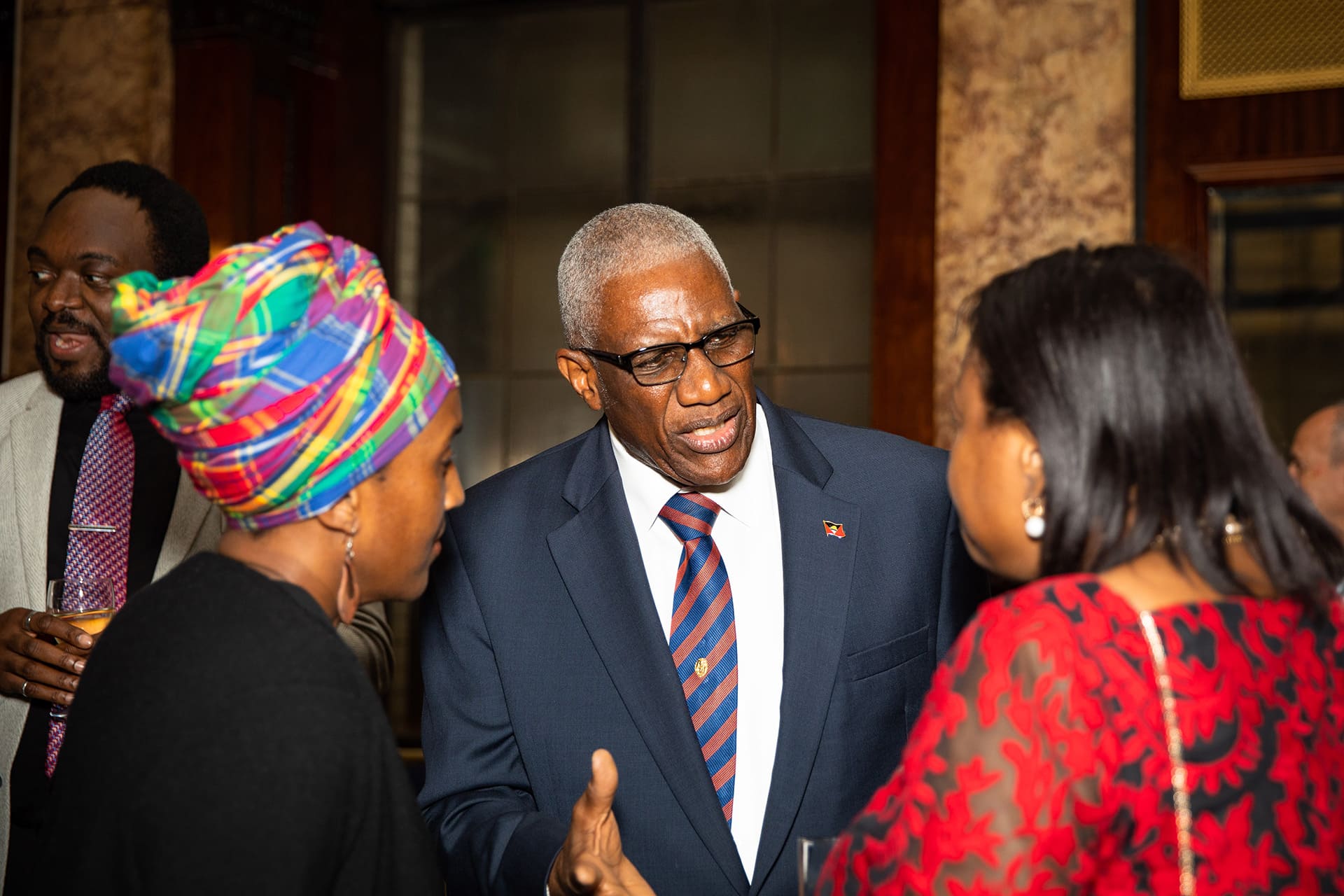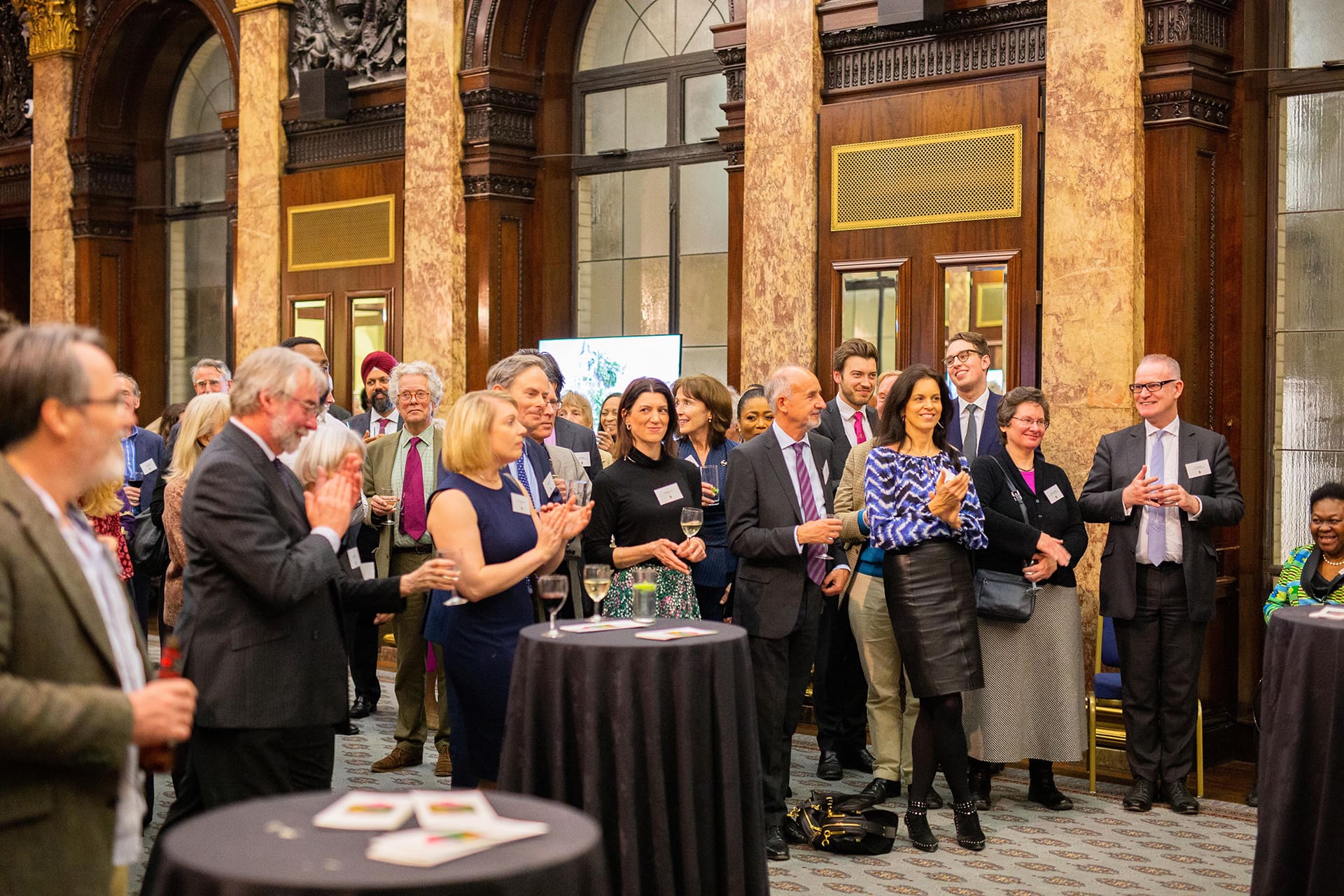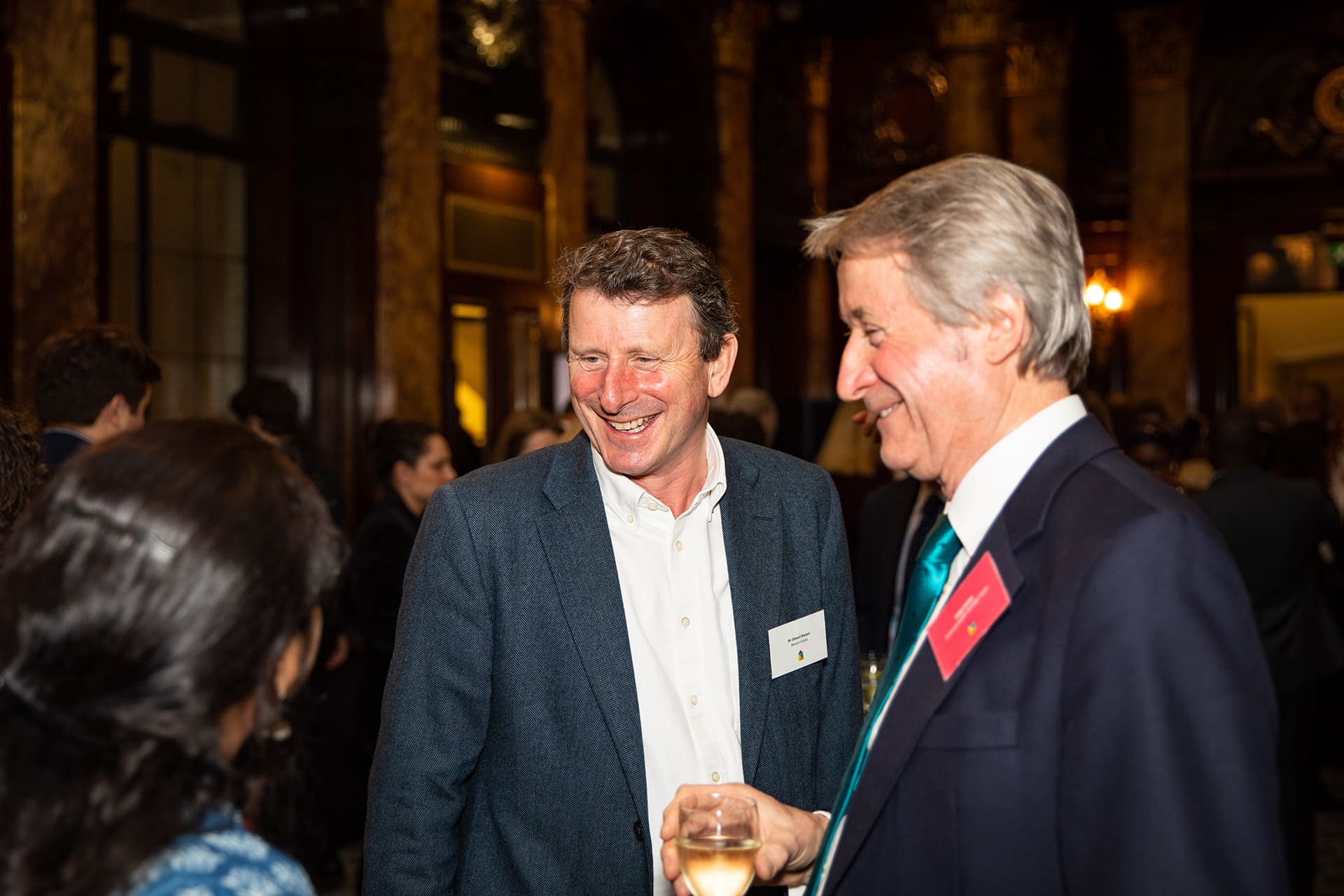Join our Spring lecture series
Cast iron structures across the Commonwealth
Wednesday 1 May, 6pm GMT: Andrew Smith, ‘Cast iron in Jamaica’, chaired by Peregrine Bryant
Andrew Smith, MA CEng MIStructE. is a structural engineer. Much of his work has been on existing structures, often historic, usually to repair and sometimes to adapt them to new uses. He first went to Jamaica on a ‘bus man’s holiday’ in 2005 and has returned several times since. In recent years he has become more of an amateur historian, currently developing ideas about 3 pre-stressed iron bridges from the mid-19th century, and for several years he has researched the origins of London’s New River, which first brought water to London in 1613 and still supplies a small proportion of its needs, and the people who contributed to its achievement.
Until relatively late in the colonial era, all cast iron was brought to Jamaica from somewhere else – almost entirely from Britain. Although cast iron was relatively cheap in relation to the British economy, its weight and the consequent cost of transport made it considerably more expensive in Jamaica in relation to the island’s economy. Alongside cast iron, other forms of iron were also imported – wrought iron and crucible steel – but as their production and working didn’t require an industrial scale and could be done on a smaller ‘blacksmithing’ scale, the ability to produce the tools and other necessities that used these materials was probably present on the island from the time of the Spanish occupation.
Speaking broadly, cast iron was brought to Jamaica to satisfy two motives – to support the power of government and administration, as exerted both from Britain and on the island, and to support the wealth extracted from the island. Those on the island who had the vote were reluctant to agree to expenditure that increased their own taxation, and those in Britain who had political power were amongst those who benefitted most from the wealth patriated from Jamaica – the self-styled ‘Interest’ which successfully delayed the abolition of both the slave trade and then of enslavement itself. When both were eventually abolished, the same ‘Interest’ secured compensation for themselves at enormous expense to Britain.
This system of self-interested power meant that expenditure to bolster the power of government was usually delayed and then tended to be niggardly. In contrast, expenditure to support the generation of that wealth was more likely to be made promptly, particularly when the abolition of the slave trade made enslaved labour more expensive, and so such expenditure both stimulated and followed technological developments in Britain.
As the proportion of the island’s population that was neither enslaved nor white grew, of whom a few became wealthy themselves, they began to import iron artefacts that supported their lives on the island. Seen from this perspective, the cast iron that survives on the island is an integral part of the history of the colonial enslavement economy and its slow and sometimes repressed evolution into the present after the abolition of enslavement itself.
Andrew will discuss several cast iron artefacts he has looked at on the island and their context to exemplify this broad perspective.
Sign up here to receive news on our heritage projects across the Commonwealth.

Wednesday 8 May, 12pm GMT, Dr Ian Tan: ‘The Iron Skeleton and the Imperial Skin: Materiality and the Construction of Modernity in Colonial Hong Kong and Singapore', chaired by Kelvin Ang.
Ian Tan completed his PhD in Architecture at the University of Hong Kong in 2023. He holds professional membership in architectural and heritage organisations based in UK and globally, such as IHBC, ICOMOS, and ICOM. He is transitioning from academia to industry-driven research; as he recently took on the position of Arup's Research Lead in East Asia.
The talk examines the history of iron architecture in colonial-era Hong Kong and Singapore. It aims to not only understand the material’s circulation between Britain and these two imperial outposts, but also the extent to which it catalysed broader movements of physical objects, building expertise, and architectural practices around the imperial British sphere between the late 19th through the early 20th centuries.
Ian's PhD research explores how iron served as a key material component in structures beyond those typically considered as constitutive of the built environment, including quotidian infrastructure such as lighthouses, quarantine stations, godowns for storage, markets, as well as religious and cultural edifices such as churches and printing houses. These iron structures, as his research argues, emerged as a crucial mediator between different constituencies of colonial societies, such as between native merchants and colonial administrators, foreign missionaries, and their local congregations, as well as Western-trained building professionals and Asian craftsmen, among other relationships.
Sign up here to receive news on our heritage projects across the Commonwealth

Wednesday 15 May, 12pm GMT, Professor Miles Lewis: ‘The Iron Lighthouse’, chaired by Tara Inniss.
Professor Miles Lewis is a historian specialising in the cultural history of building technology, principal author of the international text Architectura, and an honorary life fellow of the Comité International d’Architecture Vernaculaire.
The iron lighthouse was developed in Britain in the early 19th century largely in response to the difficulty, expense and danger of building masonry structures in open sea situations. By the 1840s most new lighthouses in Britain were openwork iron frames, which allowed the sea to pass through with little obstruction. But the engineer Alexander Gordon developed a different model, more resembling the traditional masonry structure - this was a solid cast iron cylinder, which might have the lower levels filled with concrete or rubble for greater stability. Politics now came into play. The Stevenson family, the world’s most famous lighthouse engineers, dominated the British scene and resisted the Gordon type, to the extent that not a single example was built in Britain. Yet in the period 1841-55 Gordon-type lighthouses were exported to Jamaica, Bermuda, Ceylon (Sri Lanka), Newfoundland, the Skerki Channel (off Tunisia), Barbados, South Australia, the Falkland Islands and the Cape of Good Hope.
In the later part of the century things changed completely. Lighthouse types diversified, the French become major producers, and Alexander Gordon became Britain’s senior lighthouse engineer. The most remarkable sphere of activity was China, where Britain ran the lighthouse service from 1860 until the early 20th century. One of the lighthouses had its lantern and gear carried off by pirates. The South Cape, Formosa (Taiwan), lighthouse, was in an area inhabited by 'savages' and was fully fortified with cannons and a detachment of troops. This succeeded in repelling the 'savages' but did not prevent the lighthouse being lost to the Japanese in the Sino-Japanese War of 1884-5.
Sign up here to receive news on our heritage projects across the Commonwealth.
![Lighthouse at the Point du Galle, Ceylon [Sri Lanka], designed by Alexander Gordon, 1847.
Chromolithograph by R Wagner of Berlin, c1865: Miles Lewis collection.](https://www.commonwealthheritage.org/wp-content/uploads/2023/10/image002-768x547.jpg)
Wednesday 22 May, 6pm GMT, Ali Davey: ‘Architectural ironwork’, chaired by Rowenna Malone.
Ali Davey joined Historic Environment Scotland in 2006 as a Research Fellow, researching architectural ironwork made and found in Scotland. She is currently a Traditional Materials Project Manager in the Technical Conservation team. Ali is also a Trustee of The Scottish Ironwork Foundation.
In this talk, Ali will take you on a tour of architectural cast ironwork found around the world, produced by Scottish foundries. She will share some of the history behind the most prominent of these foundries, and introduce you to the incredible variety of ironwork that they produced.

Sign up here to receive news on our heritage projects across the Commonwealth.
Wednesday 29 May, 6pm GMT, Paul Dobraszczyk: ‘Ornament for export: iron founders and visual cultures of display', chaired by Rachel Tranter.
Paul Dobraszczyk is a lecturer in the history and theory of architecture at the Bartlett School of Architecture, University College London. He’s the author of many books, including 'Iron, Ornament and Architecture in Victorian Britain' (Routledge, 2014) and, forthcoming in the autumn, 'Botanical Architecture: Plants, Buildings and Us' (Reaktion, 2024). He’s also a photographer and artist and built the website www.stonesofmanchester.com in 2018. More details can be found at www.ragpickinghistory.co.uk.
This talk explores how ornamental iron founders developed practices of advertising their products for international markets in the 19th century. This will focus on three important contexts: first, illustrated trade catalogues; second, international exhibitions; and third, iron buildings destined for export. Taken together, these three developments spearheaded the creation of an international market for prominent iron-founders like Walter Macfarlane. These visual cultures of display – catalogues, exhibitions and public display of buildings for export – were overlapping and mutually reinforcing promotional tools that, particularly in Macfarlane’s case, became key elements in defining how iron founders wanted to present themselves to the world.
Sign up here to receive news on our heritage projects across the Commonwealth.

Wednesday 5 June, 6pm GMT: Nicolette Duckham, ‘Cast iron in South Africa’, chaired by Graham Jacobs.
Nicolette Duckham was trained as an architectural historian and building conservationist and brought up in Cape Town, South Africa. She has worked in building conservation in London for many years and is currently a founding Board member of the Commonwealth Heritage Forum.
The use of cast iron became a distinctive feature of much South African architecture in the 19th century as it was exported from industrial powerhouses in places such as Scotland to distant corners of the British Empire at the time. Some cast iron was eventually made locally but the decorative mass-produced elements manufactured by companies such as Walter MacFarlane were transported by ship, road and train to cities, towns and more rural locations throughout South Africa.
Much still survives today and has endured falling out of fashion and use to become popular once more. It is preserved in many forms, including as decoration on domestic, commercial and institutional buildings, as well as on its own in products such as fountains, bandstands, staircases, benches and lamp posts.
Sign up here to receive news on our heritage projects across the Commonwealth.

Wednesday 12 June, 6pm GMT: Geoff Wallis, ‘Insights into cross-cultural conservation training’, chaired by Sarah Neville.
Geoff Wallis completed an apprenticeship at Rolls-Royce Aero Engines in Bristol and graduated in Mechanical Engineering from Bath University. During this time, his volunteering on conservation projects changed his career, so that at the age of 25 he joined a newly founded Company, Dorothea Restoration Engineers Ltd, which he directed for over 30 years, specializing in the practical conservation of traditional wind and watermills, museum exhibits, and structural/architectural metalwork. Geoff is now a consultant and lectures widely on these subjects. He has led the Architectural and Structural metalwork Conservation Course at West Dean College, Chichester, England for two decades.
Geoff has always delighted in sharing his interest in historic engineering and practical conservation with audiences in the UK, and when he was asked to present courses in Myanmar, Stone Town, Zanzibar, and online to India he was left to consider: What content should be included? At what level should he teach? What about important cultural differences? As a result of his experiences teaching internationally, Geoff has learned much, especially when things went wrong! Here, he'll present some honest insights into cross-cultural conservation training, with a focus on structural/architectural metalwork.
Sign up here to receive news on our heritage projects across the Commonwealth







